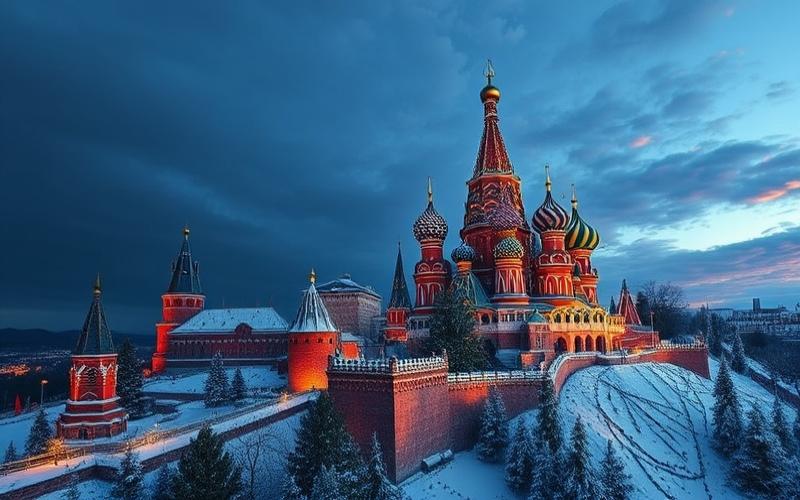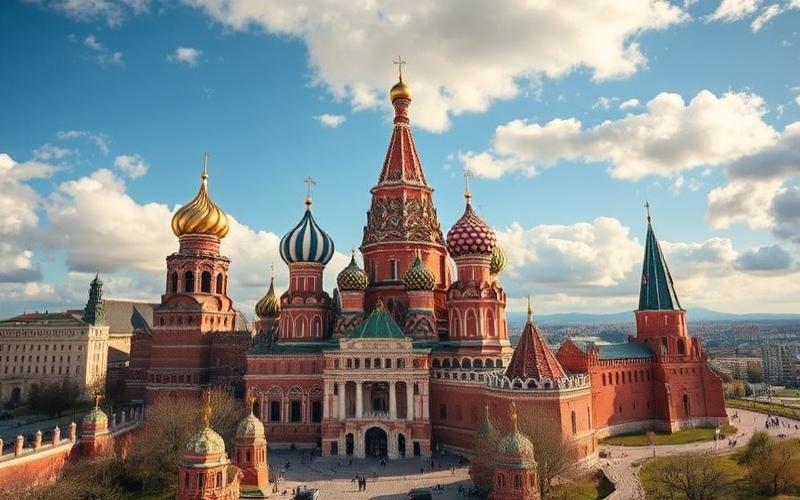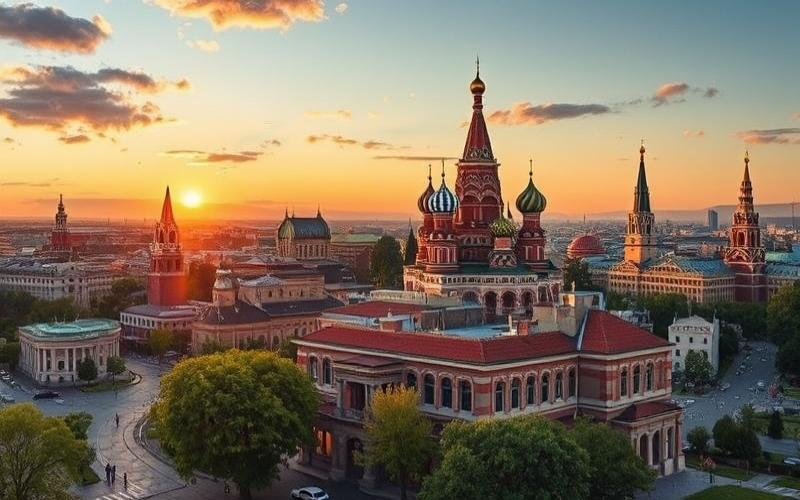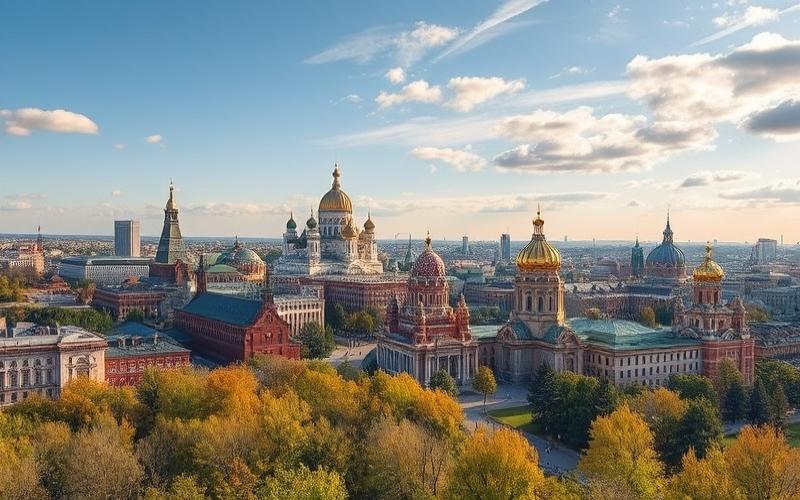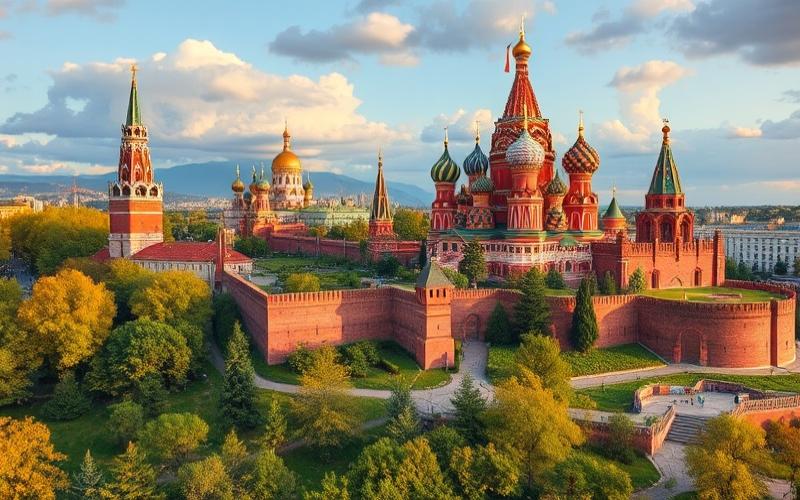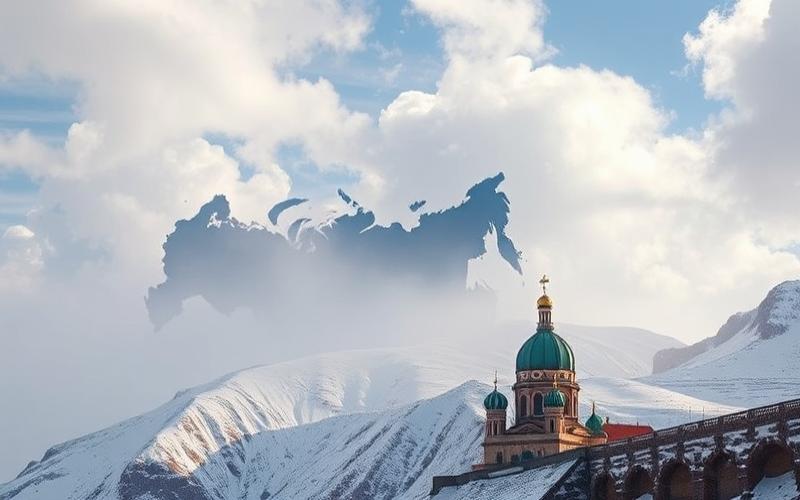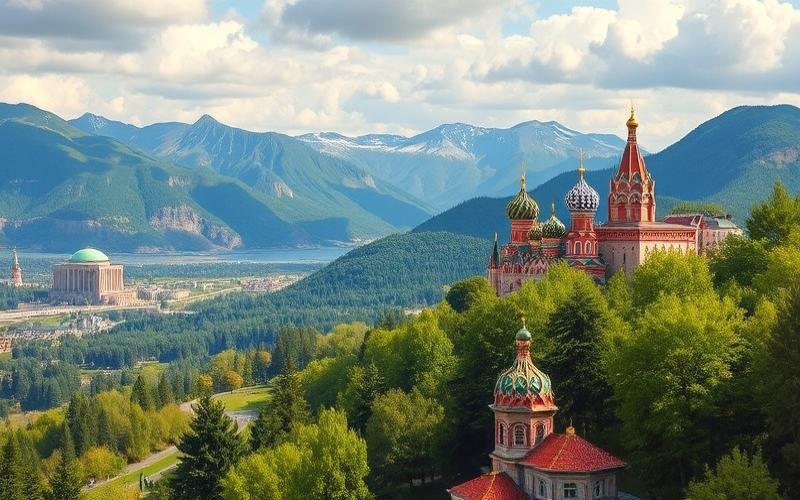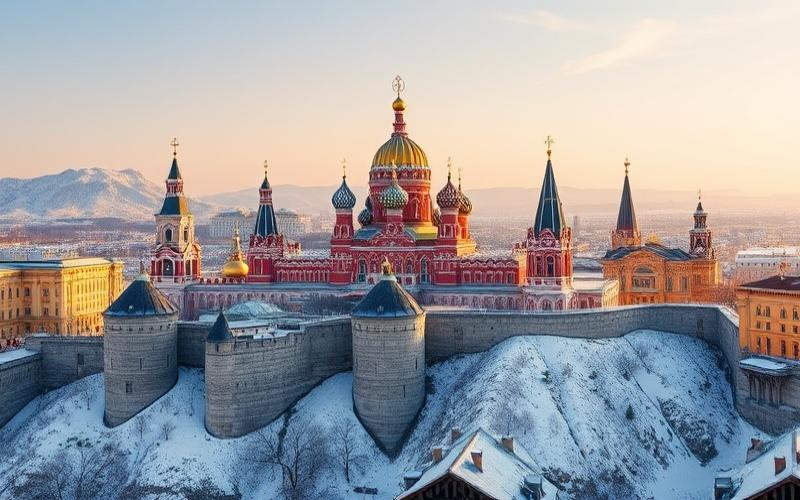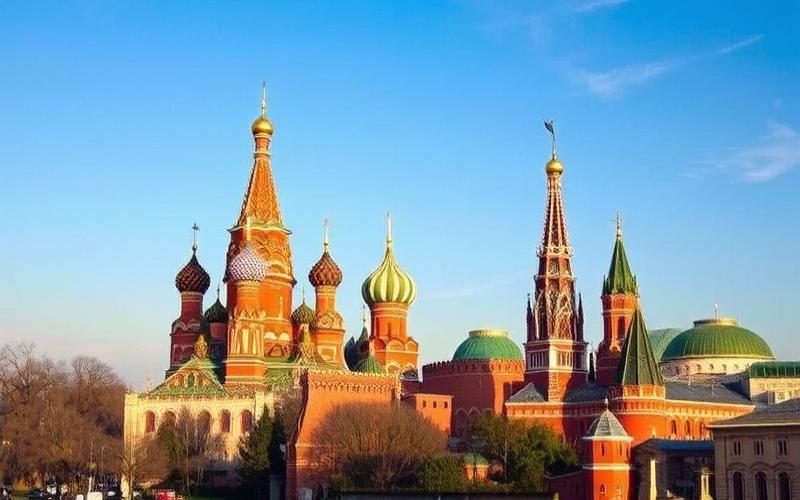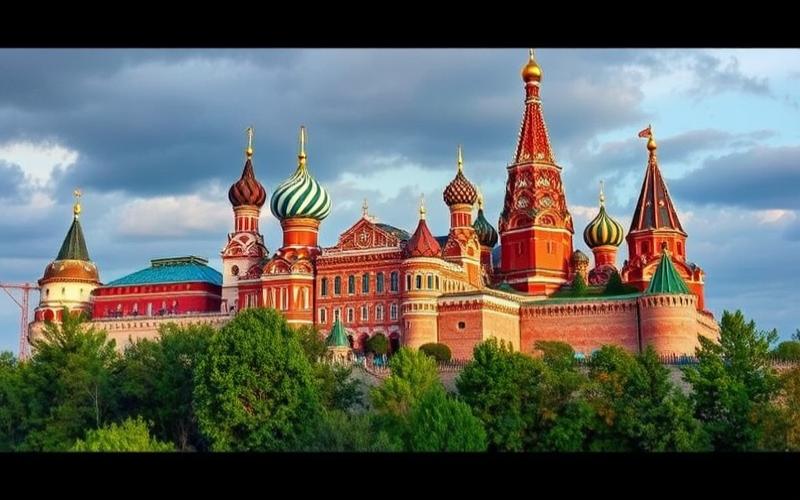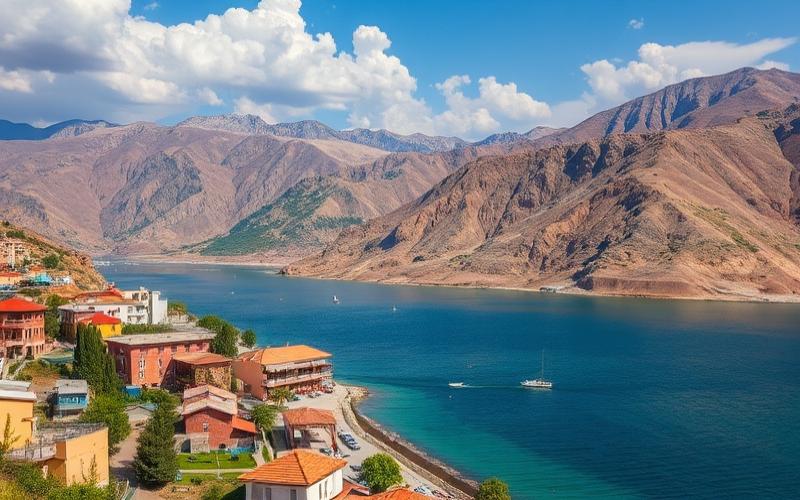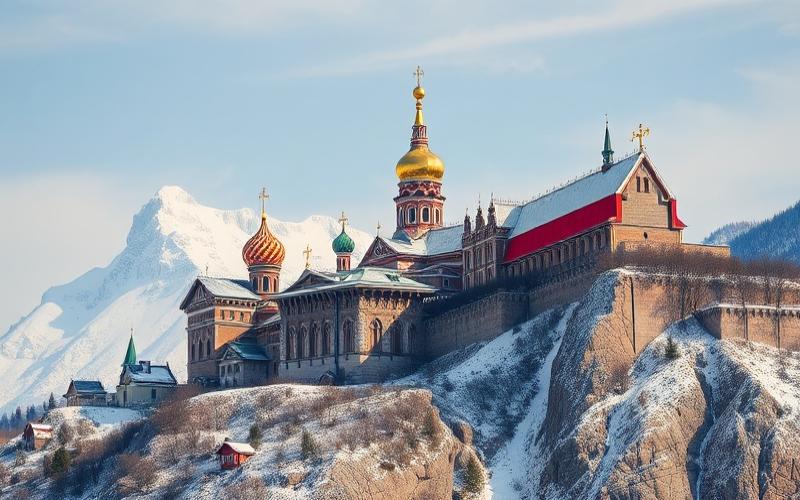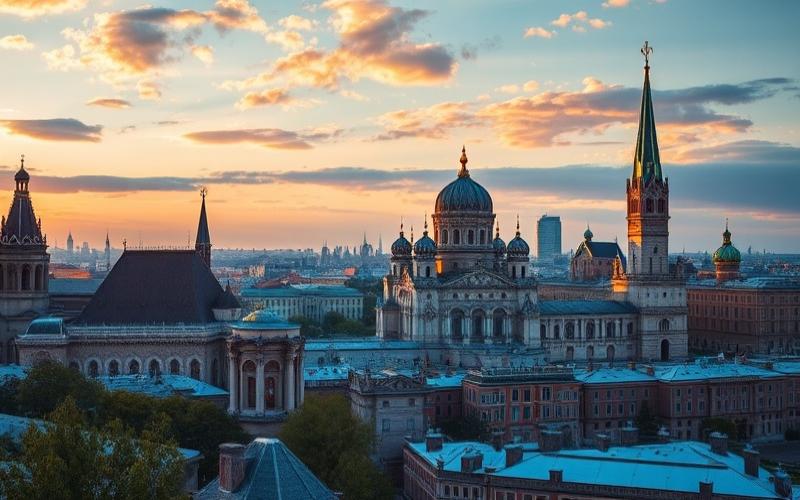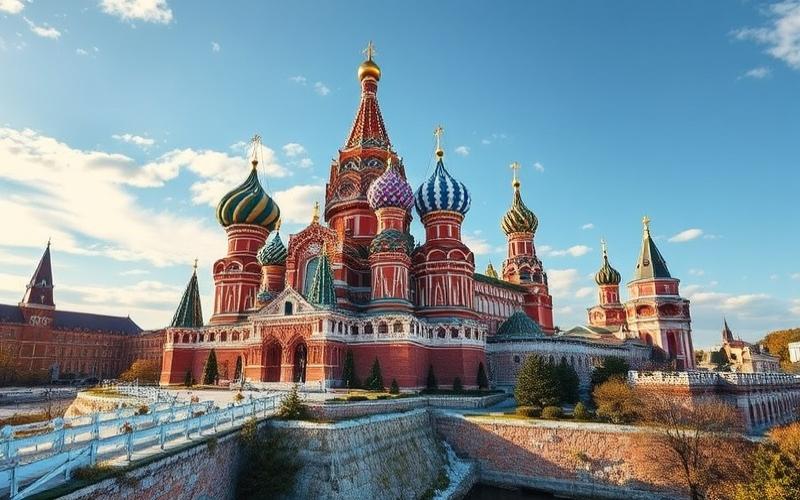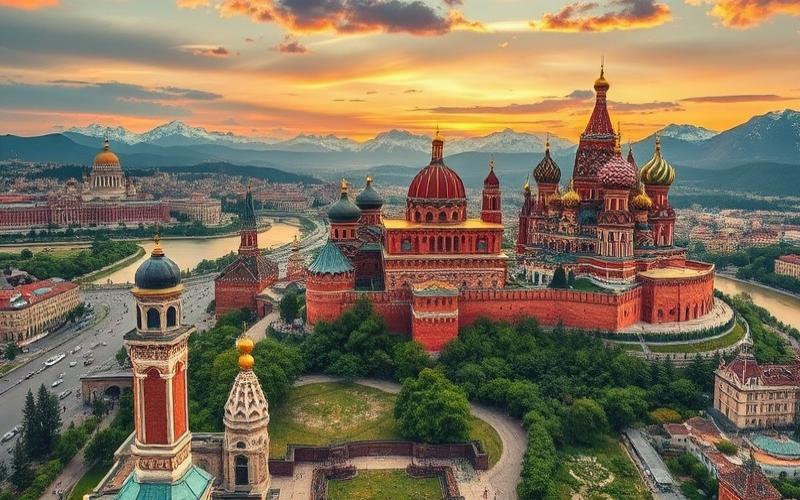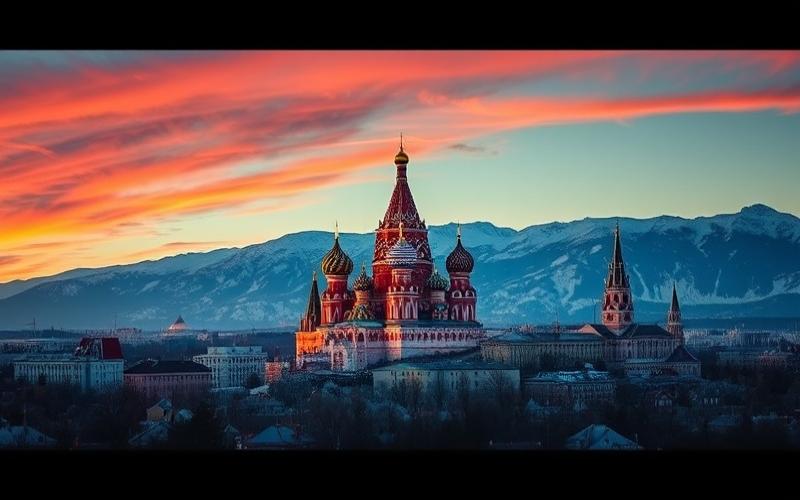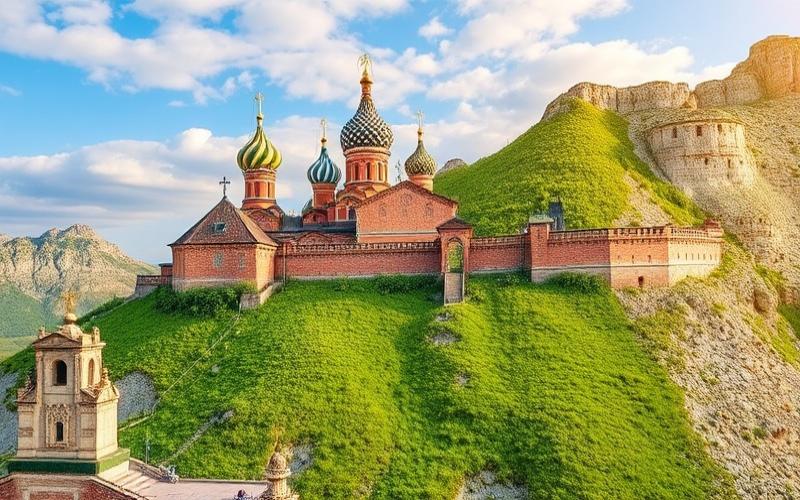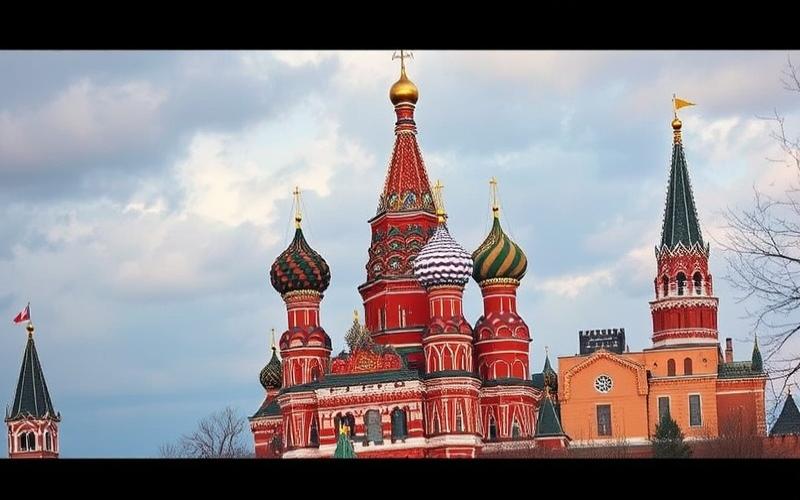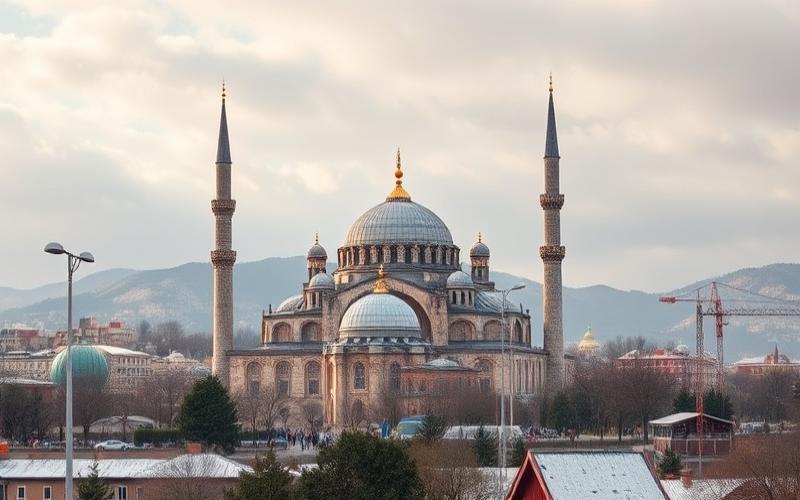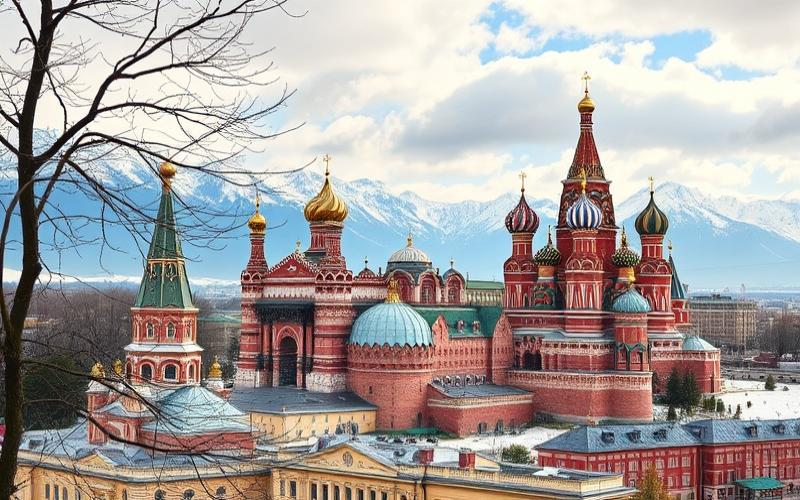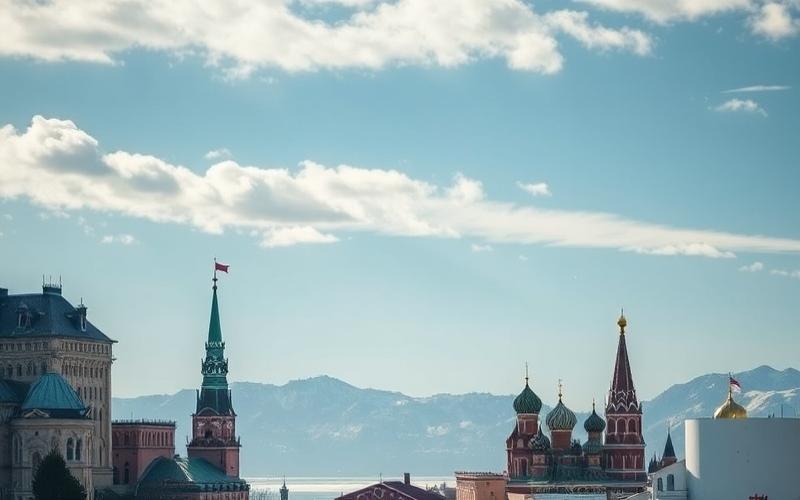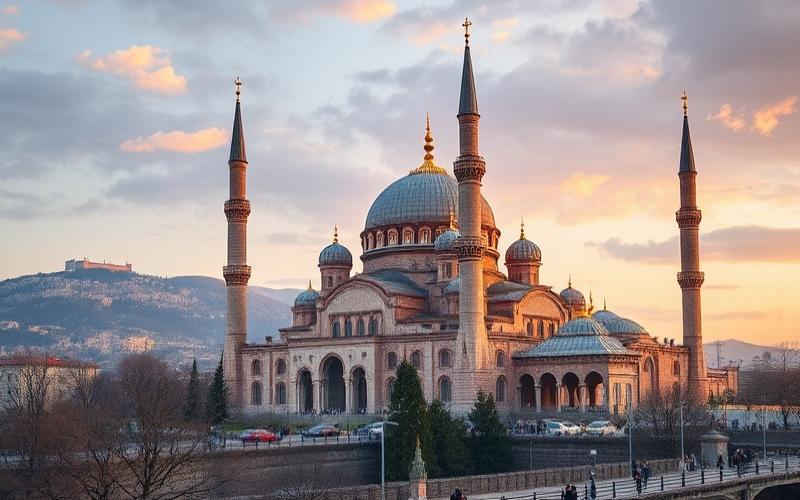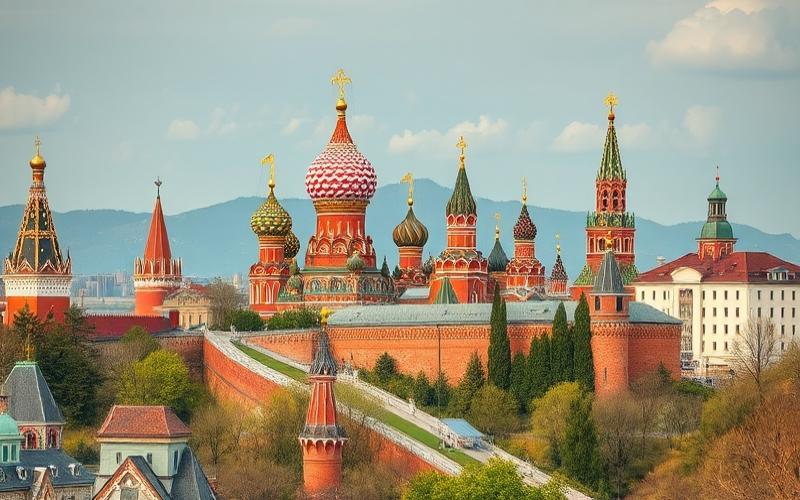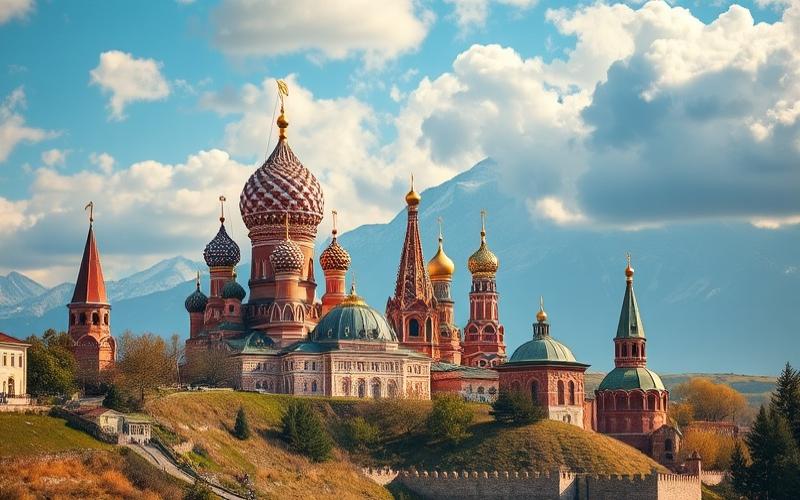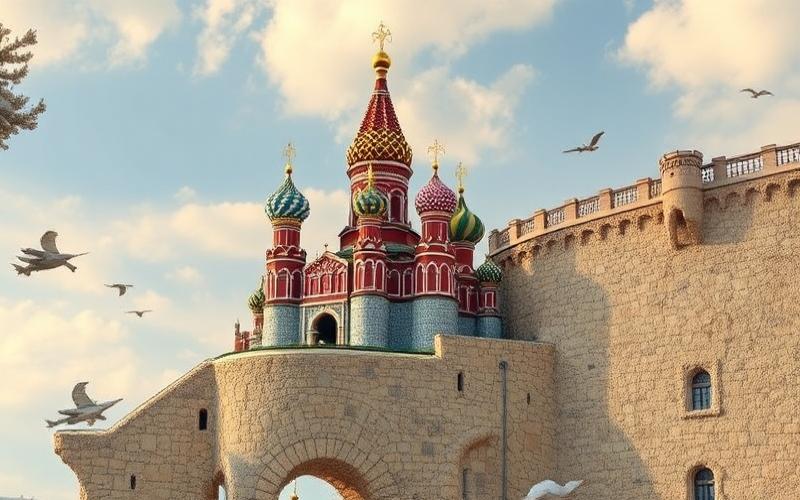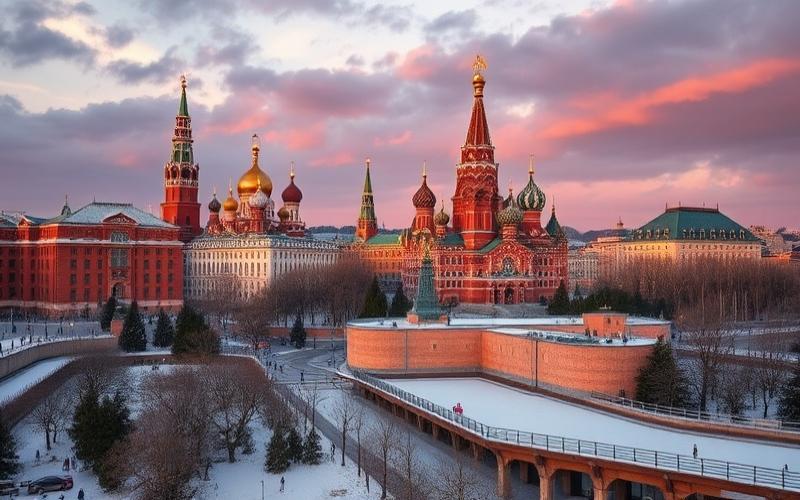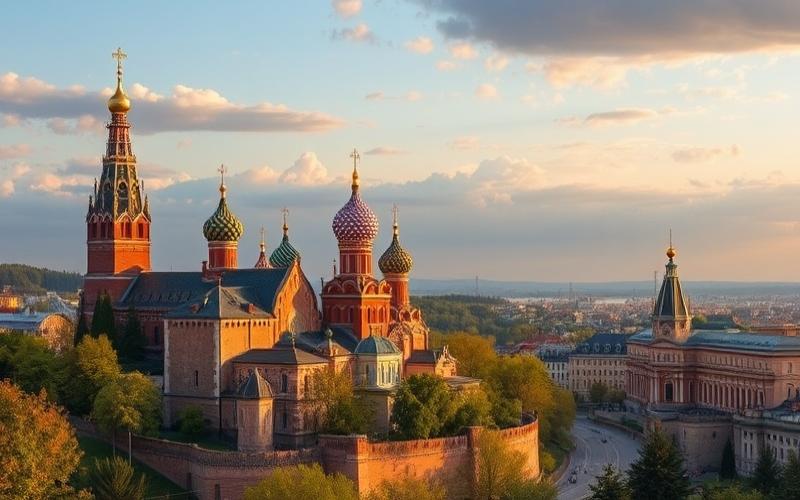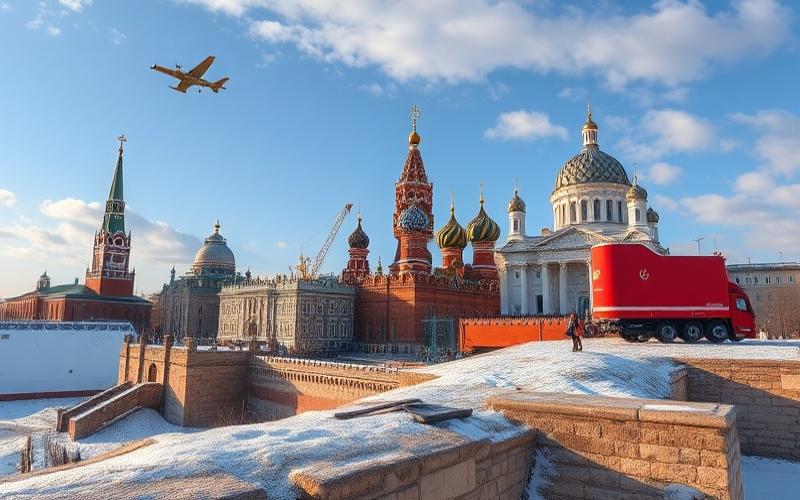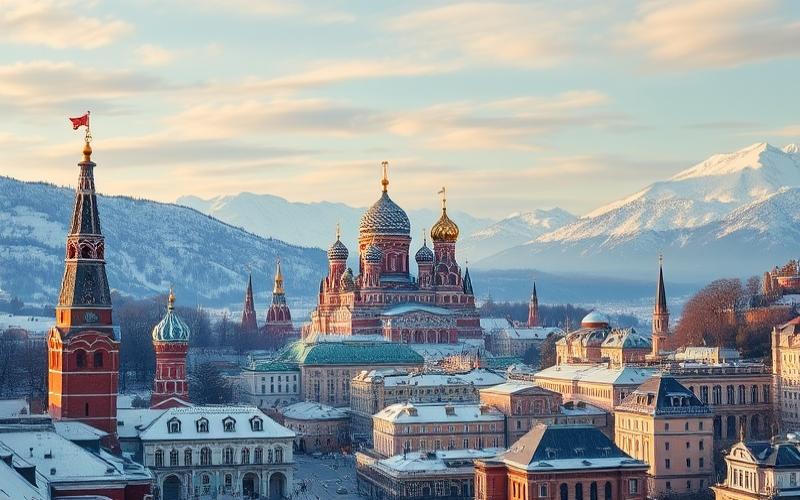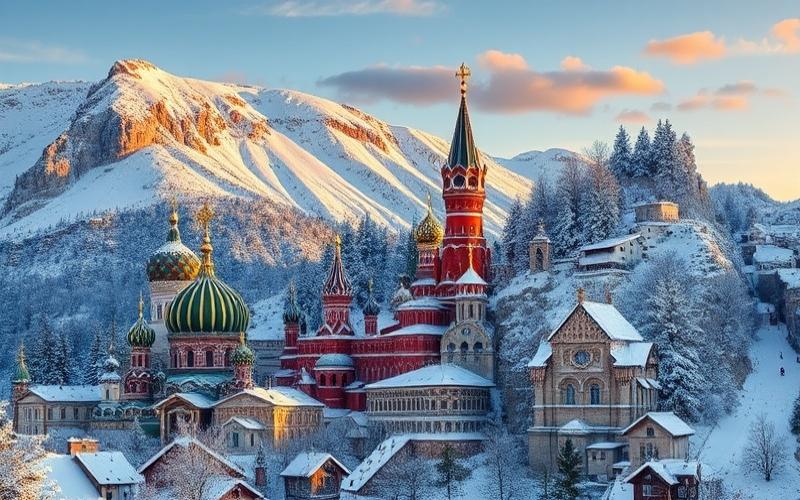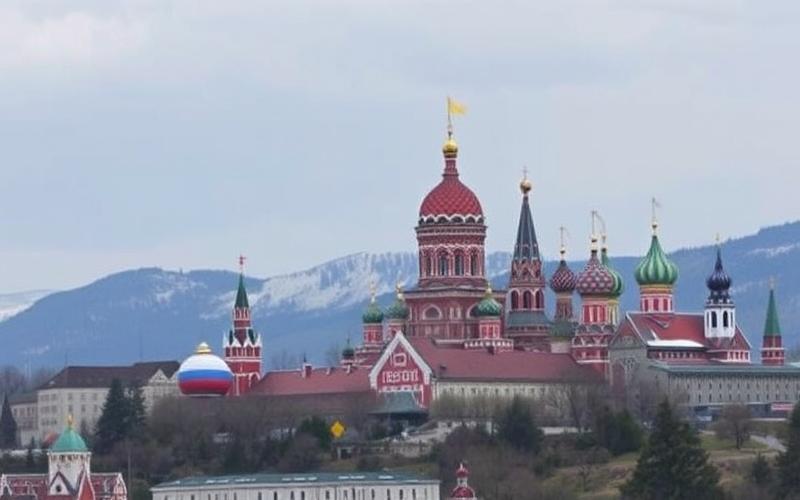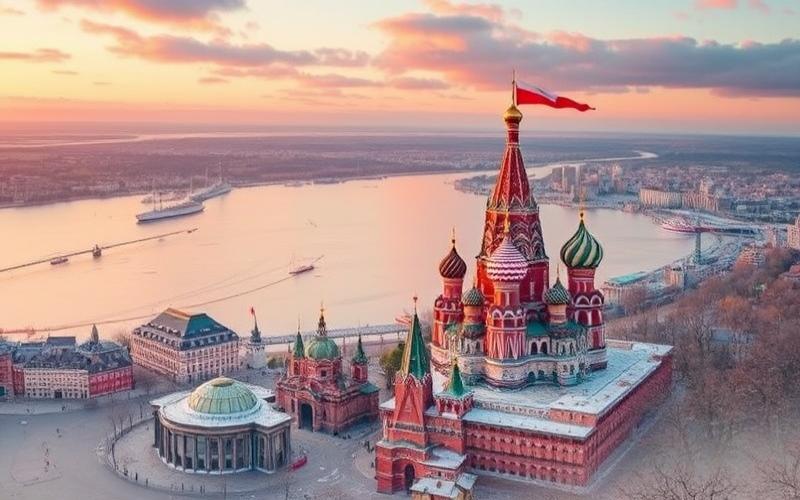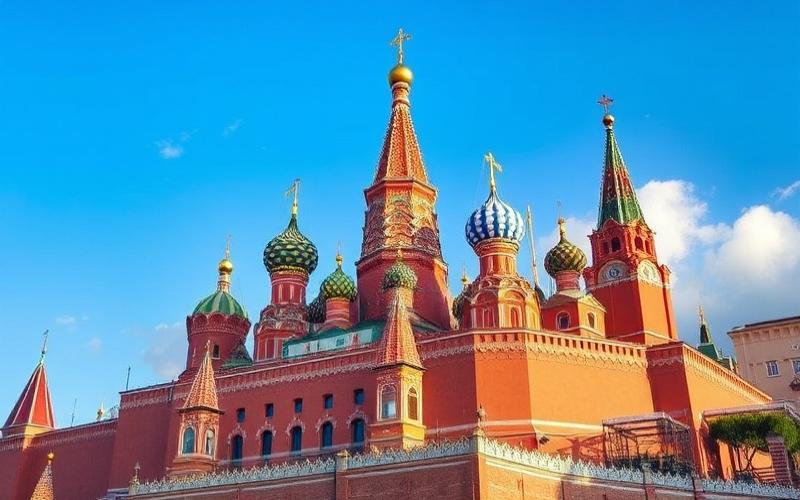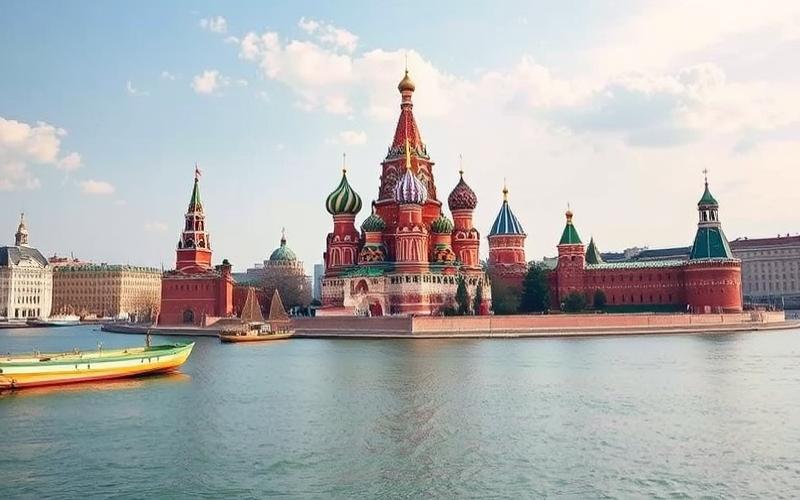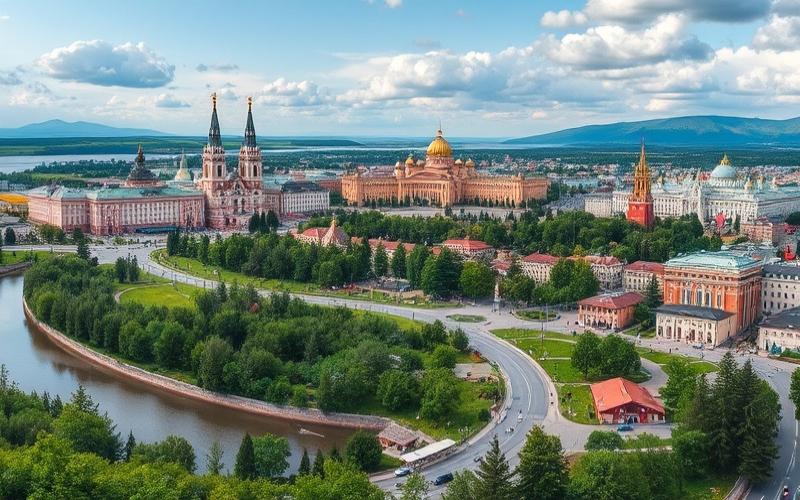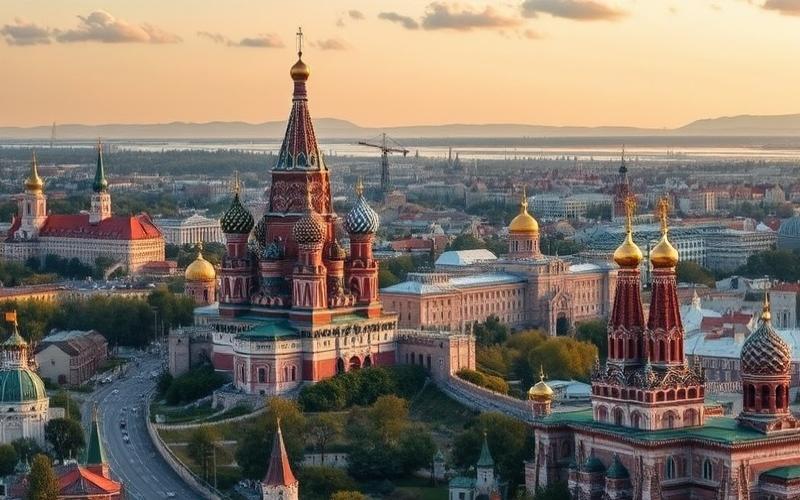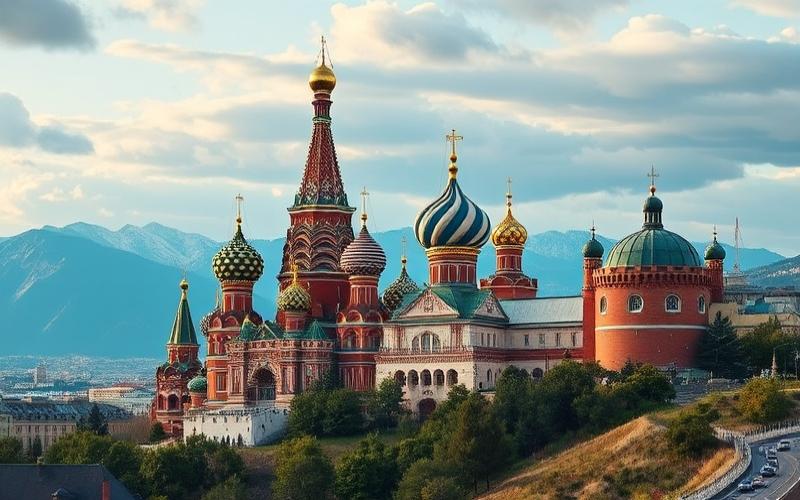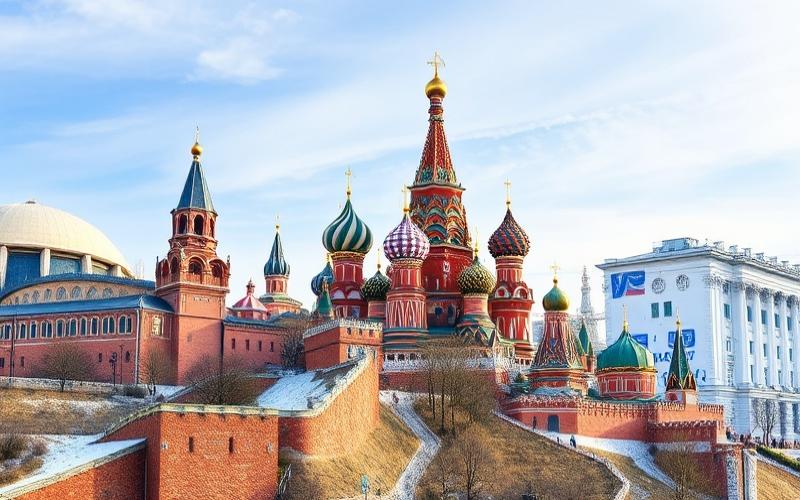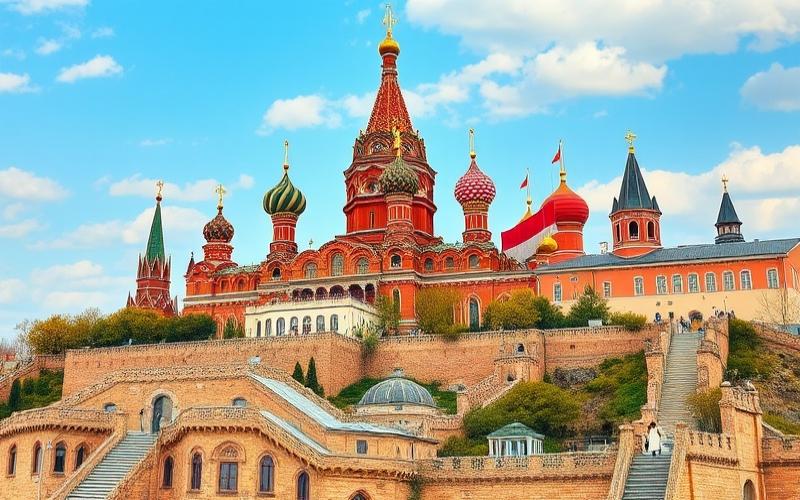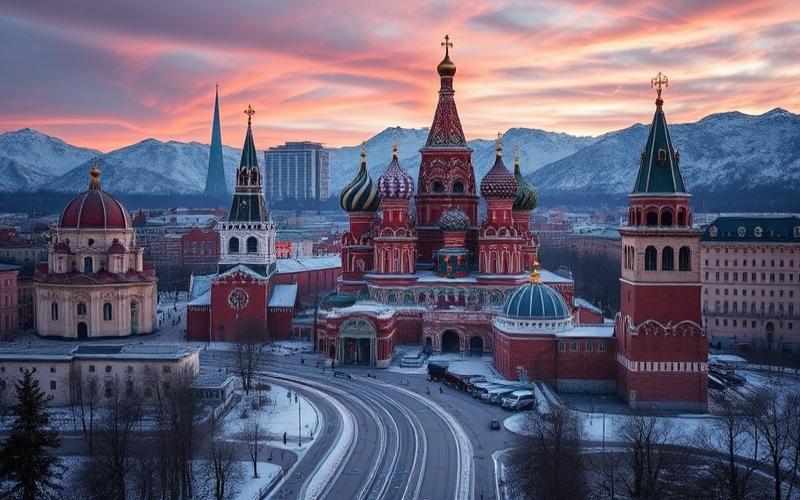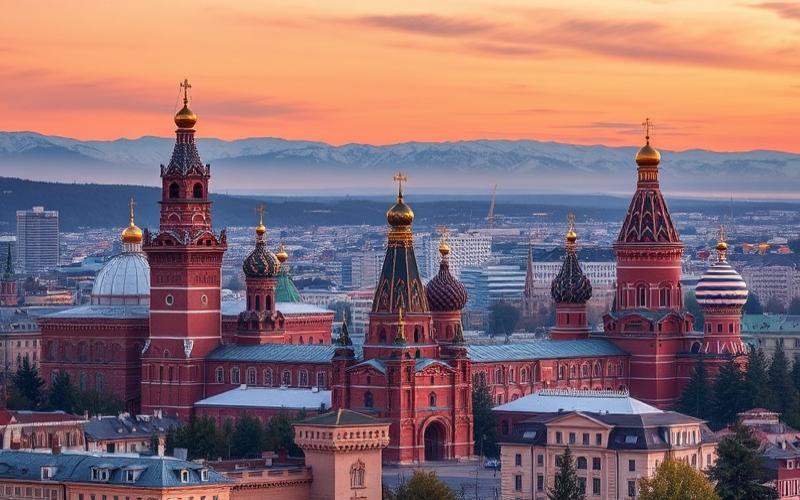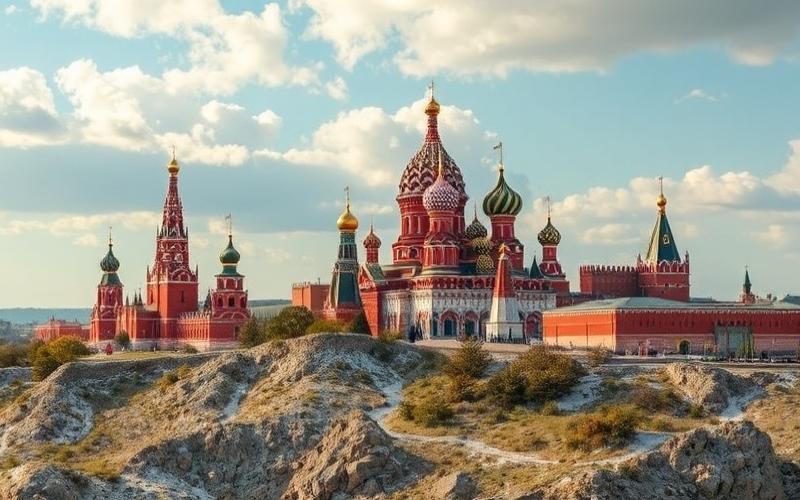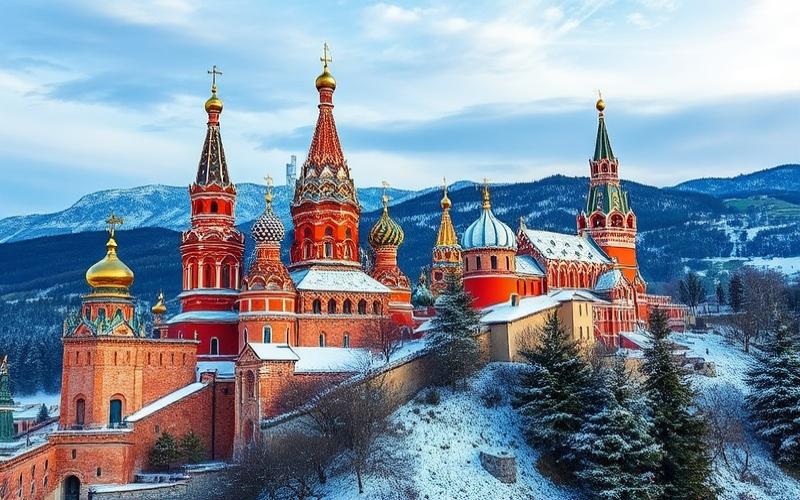
 Published on and written by Cyril Jarnias
Published on and written by Cyril Jarnias
Rural life in Russia presents a complex mosaic of opportunities and challenges, between centuries-old traditions and gradual modernization. Across the vast expanses of the Russian countryside, residents cultivate a deep connection with the land, where agriculture plays a central role, often seen as a pillar of community resilience.
However, they face significant obstacles such as geographic isolation, lack of modern infrastructure, and economic pressures. Despite this, the transition toward more sustainable and technological agriculture offers new perspectives, gradually transforming the rural landscape while preserving its rich cultural heritage.
Environmental and social issues, as well as government policies, strongly influence this dynamic, raising the question of how this population can adapt to changes while preserving its unique identity.
Introduction to Rural Life in Russia
Rural life in Russia has been built around villages (derevnyas), which have long constituted the heart of Russian culture, economy, and social fabric. Their historical role is fundamental: these villages were centers of peasantry, bearers of a community organization based on mutual aid and oral tradition.
Main Historical Aspects
- Collectivization under Stalin (1929-1940) disrupted the rural world, causing a massive exodus to industrial sites in the north or Siberia.
- After the dissolution of the USSR at the end of the 20th century, a new rural exodus led to the gradual disappearance of many villages. Many remain inhabited only by a few elderly people or families unable to leave.
- The villages symbolize a deep Russia where agricultural traditions, folk Orthodoxy, and historical memory intertwine.
Role in Culture and Economy
- Derevnyas are associated with a strong national identity: cradle of folk tales, places of intergenerational exchange, and conservatories of Russian customs.
- Economically, they were long based on diversified family farming (grains, livestock) and local natural resources (berry and mushroom picking).
- Even today, some Russian agricultural products mainly come from rural areas.
Recent Demographic Changes
| Year | Rural Population (%) | Abandoned Villages |
|---|---|---|
| 1989 | ~27 | — |
| 2022 | ~25 | +20,000 |
- Approximately 150,000 villages remain today; in nearly 36,000, only one inhabitant remains; about 20,000 are completely abandoned.
- The rural exodus continues with massive migration to large cities like Moscow or Saint Petersburg. Some regions like Magadan have lost nearly three-quarters of their population over the past thirty years.
Current Main Sources of Income
- Agriculture (grain or vegetable farming)
- Livestock
- Logging
- Seasonal foraging (wild berries, mushrooms)
- Government pensions for retirees
- Local public jobs (remaining primary schools, administration)
Available Infrastructure
Roads often in poor condition or non-existent in some remote oblasts; difficulty accessing medical care especially during bad weather.
Gradual closure of local schools and hospitals due to demographics; forced consolidation in some larger towns.
Geographical Characteristics Influencing Rural Life
List of Main Factors
- Large distances between localities accentuating isolation
- Extreme continental climate: long/cold winters limiting certain crops; short but fertile summer for potatoes/wheat/barley
- Abundant presence of mixed forests conducive to foraging/hunting
Contemporary Opportunities & Challenges
| Opportunity | Challenge |
|---|---|
| Free allocation of hectares in the Russian Far East | Accelerated aging |
| Abundant natural resources | Increasing isolation |
| Potential tourism development | Rapid disappearance of heritage |
Recent policies such as the “Far Eastern Hectare Law” attempt to curb depopulation by offering a free hectare to citizens willing to settle far from metropolitan areas. Nearly 100,000 plots allocated since its creation, however, indicate more of a temporary interest than a sustainable one, given the accelerated aging and chronic lack of modern infrastructure.
In this changing context,
Russian rural life remains marked by its tumultuous history, torn between centuries-old peasant memory, contemporary social challenges, and institutional attempts to preserve this unique model in the face of rapid demographic changes.
Good to Know:
Russian villages, or derevnyas, are at the heart of culture and economy but face a declining population; recent statistics indicate that infrastructure is often insufficient, and agriculture remains a key source of income. The varied geography of rural areas strongly influences living conditions and economic opportunities, with notable disparities between regions.
Opportunities for Expatriates in the Russian Countryside
Promising Economic Sectors for Expatriates in the Russian Countryside:
- Agriculture
Rural Russia offers significant opportunities in agriculture, particularly through family farms, organic production, and market gardening. Land remains affordable, and regions often encourage new producers to settle, sometimes with local or regional support. - Local Tourism
The rise of green tourism attracts more expatriates starting guesthouses, outdoor activities (guided hikes, fishing), or promoting local heritage. Some municipal initiatives offer subsidies for renovating old buildings to develop this sector. - Green Technologies
Renewable energy (off-grid solar, biomass), eco-construction, and circular economy projects are developing in some Russian provinces eager to attract foreign expertise.
| Sector | Main Opportunities | Local/Government Initiatives |
|---|---|---|
| Agriculture | Organic farms, extensive livestock | Regional programs for new farmers |
| Rural Tourism | Eco-lodges, discovery tours | Heritage renovation assistance |
| Green Technologies | Solar/biomass installations | Tax incentives depending on region |
Potential Advantages:
- Reduced cost of living, making entrepreneurial activities viable even with modest investment.
- Immersion in a rich and authentic culture: preserved rural traditions, local cuisine.
- Less competition than in cities and a less saturated market.
Potential Barriers Faced by Expatriates:
Russian language required
Few rural Russians speak English or French; good command of Russian is almost essential for daily professional and personal life.
Complex administrative procedures
Obtaining a work permit or starting a business can be lengthy. Official translations and dealings with local authorities must be anticipated.
Difficulties related to climate (harsh winters) or logistical isolation depending on the region.
Main Barriers Summarized:
- Russian language essential
- Lengthy administrative procedures
- Relative isolation
Programs Facilitating Professional Integration:
Some regions regularly launch project calls aimed at repopulating their countryside by attracting active foreign families. Temporary tax exemptions may be granted to new settlers.
“The municipality offered me a reduction on my property taxes for three years if I renovated my traditional house to turn it into an eco-lodge.” (Anonymous testimony)
International Chambers of Commerce can also provide on-site support (e.g., CCI France Russia).
“I was surprised by the support from the local community once I showed cultural openness… The low cost of land allowed me to buy several hectares to start my organic farming activity without financial pressure.” (Testimony collected at a French-speaking forum)
“The hardest part is undoubtedly the language; but after a few intensive months, I could handle my administrative procedures alone… I strongly encourage those who wish to venture outside Russian metropolitan areas!” (Experience shared on a Franco-Russian blog)
Synthetic List:
- Real opportunities in sustainable agriculture/tourism/clean technologies
- Attractiveness enhanced by occasional regional aid but strong disparity across territories
- Success conditioned by language learning + administrative adaptation
Good to Know:
Expatriates can benefit from government subsidies to develop projects in agriculture or green technologies, although proficiency in Russian greatly simplifies the administrative process. The story of Mark, an Australian restaurateur who opened a charming inn thanks to these aids, perfectly illustrates the opportunities accessible with adequate preparation.
Economic and Social Challenges of Rural Areas in Russia
The economic dependence of Russian rural areas on agriculture remains very strong. Agricultural activity is the main economic driver, especially in remote and less industrialized regions. This dependence exposes rural territories to climate variations that strongly affect production: droughts, harsh winters, or irregular precipitation lead to uncertain yields and weaken the local economy.
Impacts of Climate Variations
- Reduction or loss of harvests in unfavorable years
- Increased production costs due to the need to import adapted seeds and inputs
- Heightened vulnerability to international agricultural price volatility
Unemployment and underemployment remain particularly concerning in these areas:
- Low industrial diversification
- Scarcity of skilled jobs outside the primary sector
- Predominance of seasonal or informal work
This is accompanied by a chronic lack of diversified economic opportunities, worsening the rural exodus to large cities.
Synthetic Table of Economic Challenges
| Economic Challenge | Main Consequences |
|---|---|
| Dependence on agriculture | Vulnerability to climate shocks |
| Underinvestment | Technological lag, low productivity |
| Unemployment/underemployment | Persistent rural poverty |
| Lack of diversification | Rural exodus, demographic stagnation |
Marked Social Challenges
Reduction in the working-age population due to massive rural exodus: young workers leave the countryside to seek better jobs and living conditions in cities.
This causes a demographic imbalance with a growing overrepresentation of elderly people.
- Accelerated aging of the rural population
- Gradual decrease in the number of students in local schools
Access to essential services (healthcare, education) is difficult:
- Significant geographic distance from urban centers with modern infrastructure
- Gradual closure or under-equipment of local schools and medical facilities
Major Government Initiatives
- Massive investments since 2001 to modernize the agricultural sector (direct aid, quality bonuses, support for equipment renewal)
- Encouragement of agro-industrial development via large farms (“agro-holdings”)
- Tax incentives aimed at limiting land abandonment and promoting more intensive use of arable land
Political Issues
International tensions (Western sanctions, embargo on certain products) complicate access to foreign investment and advanced technologies. Political centralization sometimes limits the effective consideration of local needs; finally, some measures primarily benefit large agro-industrial groups rather than small family farms.
Summary of Challenges
- Strong agricultural dependence = increased economic vulnerability to climate/global variations
- High structural unemployment + real absence of local economic alternatives
- Rural exodus accelerating demographic aging
- Restricted access to health/education → widening territorial inequalities
Institutional responses exist but their effectiveness remains conditioned by the international political context as well as by adapted local governance.
Good to Know:
Rural areas in Russia face significant economic and social challenges, including excessive dependence on agriculture vulnerable to climate changes, while unemployment and lack of economic diversification worsen the situation; government initiatives, such as subsidies for infrastructure modernization, seek to counter rural exodus and revitalize these regions despite significant political obstacles.
Strategies to Promote Rural Regions
Russian government initiatives to support the economic development of rural regions rely mainly on agricultural subsidies, infrastructure improvement, and technological modernization. The government provides targeted aid for building livestock farms, supporting family farms, increasing cattle herds, and developing the dairy sector, which benefits from subsidies covering up to 35% of the cost of new farms. The state also co-finances logistical costs (grain transport) and applies an active import substitution policy to strengthen national food autonomy.
Technological Innovation
In terms of technological innovation, Russia is betting on:
- Rural digitalization: dissemination of connected tools even in remote areas.
- Mass introduction of precision agriculture (GPS, drones, digital sensors).
- Increased use of digital platforms for real-time monitoring of crops and resources.
- Promotion of broadband to reduce the digital divide between cities and countryside.
These advances allow:
- Significant improvement in agricultural yields.
- Reduction of waste through optimized use of inputs.
- Attraction of a new generation of more technically qualified farmers.
Synthetic Table of Initiatives
| Initiative | Main Objective | Expected Impact |
|---|---|---|
| Livestock/dairy subsidies | Modernize animal production | Increased yield & sector attractiveness |
| Agricultural digitalization | Optimize farm management | Cost reduction & productivity gains |
| Infrastructure support | Improve transport/logistics | Rural connectivity |
| Import substitution | Strengthen food security | Less dependent on imports |
Rural Tourism and Local Initiatives
Encouraging rural tourism is also an important lever. Authorities highlight:
- Valorization of exceptional natural heritage (boreal forests, steppes…).
- Preservation and promotion of unique cultural heritage (traditional villages, local crafts).
This not only boosts the local economy but also contributes to demographic maintenance.
Local and international initiatives, often in partnership with NGOs or foreign institutions, seek to sustainably improve social/economic resilience through:
- Microcredits supporting local entrepreneurs
- Pilot programs on sustainable agriculture
- Training in digital or entrepreneurial skills
Strengthening Local Skills
Strengthening local skills is essential:
- Vocational training adapted to real needs: modern agricultural mechanics, rural digital marketing…
- Development of local innovation/agro-technology centers
- Encouragement of female or youth entrepreneurship
Combating Geographic Isolation and Depopulation
To combat geographic isolation and depopulation, several viable recommendations are:
- Accelerate deployment of broadband internet for all villages
- Establish more rural incubators focused on green/agri-food innovation
- Develop adapted public transport linking isolated hamlets to regional hubs
- Create tax/customs incentives for businesses located outside metropolitan areas
Continuous engagement in these areas will not only foster inclusive growth but also ensure that Russian rural regions can effectively address contemporary socio-economic challenges.
Good to Know:
Russian government programs support rural development through agricultural subsidies and infrastructure projects while technological innovation and access to broadband internet are crucial for revitalizing these areas; in parallel, promoting rural tourism valorizes cultural and natural heritage, and adapted vocational training strengthens local entrepreneurship, helping to overcome isolation and depopulation.
Disclaimer: The information provided on this website is for informational purposes only and does not constitute financial, legal, or professional advice. We encourage you to consult qualified experts before making any investment, real estate, or expatriation decisions. Although we strive to maintain up-to-date and accurate information, we do not guarantee the completeness, accuracy, or timeliness of the proposed content. As investment and expatriation involve risks, we disclaim any liability for potential losses or damages arising from the use of this site. Your use of this site confirms your acceptance of these terms and your understanding of the associated risks.


